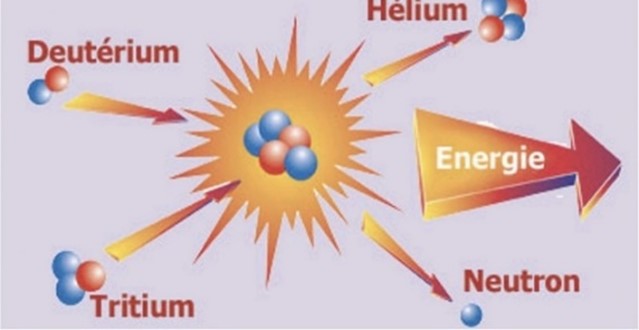Innovative technologies for energy transition: advances in 2023
Authors:
- The Energy Transition Management Team – Private Debt Expertise, Sienna Investment Managers
- Bernard Blez, Senior Consultant – former R&D Director at Engie
COP 28 held in Dubai last December 2023 demonstrated once again that the transition to a low-carbon economy is not progressing fast enough. To achieve the objectives of the Paris Agreement, we still need to make an enormous effort: we need to triple the global deployment speed of renewable energies and double energy efficiency efforts, all before 2030. And to gradually move away from fossil fuels, we need to be able to store intermittent renewable energies on a massive scale and have sufficient decarbonated energies available in liquid or gaseous form. Fortunately, many technical solutions already exist to address all these issues, but their performance and associated costs still need to be significantly improved before they can be deployed on the massive scale needed to achieve NetZero. There is a great deal of R&D work to be done in all these areas, and their progress will determine our ability to collectively achieve the objectives of the Paris Agreement.
Read on for an overview of the main advances made in 2023 in key new technologies within Energy Transition.
Download PDF




